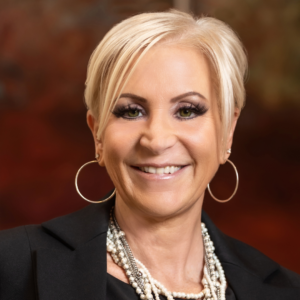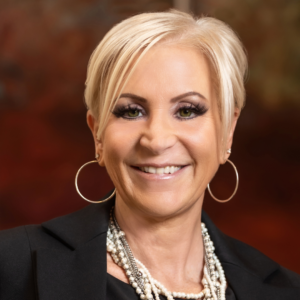How to Develop a Powerful Fundraising Message for Your Senior Care Organization
For nonprofit senior care communities, fundraising is an important lifeline that helps support everything from the community’s overall operations to the services it’s able to provide. When it comes to effective fundraising, the importance of taking the time to develop a powerful message can’t be underestimated. Since the fundraising message will be integrated throughout the community’s platforms, getting it right can make the community’s fundraising and communications much more effective.
The Importance of a Powerful Fundraising Message

Andy Coe, principal and strategist at Convergent Nonprofit Solutions
A compelling fundraising message is crucial for several reasons. The message articulates the organization’s unique value and impact, which can resonate with donors and inspire them to invest. “For senior care communities, a well-crafted message highlights the essential services provided to seniors, emphasizing your organization’s role as an indispensable asset,” says Andy Coe, principal and strategist at Convergent Nonprofit Solutions. “It is critical that each senior care community’s message ensures clarity, fosters emotional connections, and differentiates the organization in a competitive fundraising landscape.”
Compelling fundraising messages have several qualities:
- A donor-centric approach positions the donors as integral partners in the senior care organization’s mission.
- Messages can share authentic stories illustrating the impact of contributions, creating an emotional connection with the donor.
- Messages are clear and specific. They define the organization’s needs and goals while defining the tangible impact of donations.
How to Begin Developing a Powerful Fundraising Message
According to Coe, senior care organizations should start by assessing the organization’s mission and values, as well as the needs of the seniors they serve. He suggests communities engage with stakeholders, such as staff, residents, and families, to gather insights and testimonials. “This foundational understanding will help craft an authentic and compelling message,” says Coe. “Understanding your constituents and crafting a message to meet their specific needs shows you are listening.”
It’s vital that communities understand their target audience, too. Coe notes that organizations can develop donor personas, which are fictional representations of ideal donors, to help tailor messages that will resonate with specific donor segments. “Consider factors such as demographics, motivations, and giving behaviors to create more targeted and effective messaging,” he suggests. “Each target audience is comprised of individuals who require individual attention, and a targeted approach will provide a deeper understanding and appeal for each group.”
Coe cautions against making some common mistakes when developing a fundraising message. Be sure to avoid overemphasizing organizational needs. Instead, highlight the impact that support and the work the organization does will have on beneficiaries. Keep appeals specific, since vague appeals may not inspire donors to take action. Similarly, it’s important to include specific action items, goals, and benchmarks. The goals should be measurable and achievable, so the organization can accurately document and report its progress to donors.
Once an organization has developed its fundraising message, that message should appear across all of its platforms. Disparities in messaging on platforms can confuse donors.
How to Test and Improve a Fundraising Message
According to Coe, it’s essential to test a fundraising message. He recommends organizations A/B test different versions of the message across various channels, such as email, social media, and direct mail, to evaluate which message resonates best. “Analyzing engagement metrics like open rates, click-through rates, and conversion rates can help refine the message further,” he says. Coe notes that organizations can track specific action items in the message, such as visits to the website, signups for a newsletter, or the number of donations received, to measure the effectiveness of the message.
Sharing a Fundraising Message Through Media
It’s essential for organizations to be consistent in their messaging, which means the fundraising message should be integrated across all communication platforms, such as the organizations’ website, social media, email campaigns, and direct mail. It should also be utilized during in-person engagements. “A unified message reinforces the organization’s identity and builds trust with donors,” says Coe.
Incorporating the message across different media can also enhance engagement. For example, videos can showcase personal stories, deepening the emotional connection with potential donors. Infographics are excellent ways to present key statistics in an easy-to-digest format. Organizations can adapt their fundraising content to fit on different social media platforms, maximizing its reach.
The Value of a Compelling Fundraising Message
Building a strong fundraising message takes time as it’s an ongoing process. However, it’s a process that’s well worth the time and effort. “By centering messaging around impact and aligning it with donor values, senior care communities can cultivate meaningful relationships and long-term support,” says Coe. “Be authentic and highlight the sense of urgency to amplify your fundraising communications.”

Paige Cerulli is a contributing writer to i Advance Senior Care.
Related Articles
Topics: Business Marketing Including Social Media and CRM , Featured Articles , Finance











